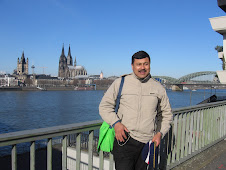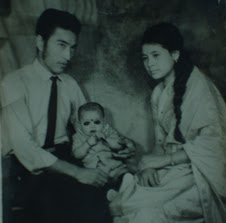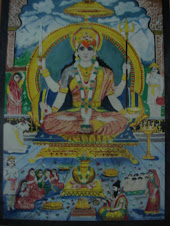Nepali, M. B. and B. Shrestha (1999). Baseline and Need Identification Survey of Agro-Ecological Research Sites Representing from River Basins to High Hills in Western Nepal. Lumle Seminar Paper No. 99/5. Paper presented at the First Conference of Society of Agricultural Scientist (SAS)/Nepal held from 9 - 11 June 1999. Kaski, Nepal: Agricultural Research Station, Lumle.
The baseline and need identification survey of agro-ecological research sites at Chambas, Maduwa, Chhahara and Bhakimle representing from river basin to high hill domains respectively, was carried out at different periods from February to 14 May 1998. The participatory rural appraisal was the main technique of data collection. The survey results reveal that the sites are located not so far from road heads. Rainfall pattern is almost similar at all the sites with monsoon generally running from June/July to September/October. The ethnic composition at all the sites are mixed with dominance of Tamang (37%) at Chambas, Brahmin (40%) at Maduwa, Chhetri (32%) at Chhahara and Magars (83.5%) at Bhakimli respectively. Higher proportion of farmers belongs to food sufficient group at Chambas (35%), Maduwa (40%), whereas the deficit farmers are dominants at Chhahara (51%) and Bhakimle (55%) respectively. Selling of food is the main source of income among food surplus farmers, whereas majority of food sufficient and deficit farmers are engaged in off-farm activities. The literacy and educational attainment increase with the food self-sufficiency levels. The proportion of Bari land is high. Red soil is the most prevalent soil in types of lands. The Khet cropping pattern is rice based whereas Bari cropping pattern is maize base. Rice, wheat, maize, potato, millet and barley are the major food crops grown at all sites. Buffalo, cattle, goats and fowl are the major livestock types. Thatched grass is the major source of fee item at Chambas (34%), Maduwa (42%), Chhahara (60%), whereas crops residues (50%) are the main sources at Bhakimle, Tanki at Chambas, Bedulo at Maduwa, Phosro at Chhahara and Chuletro and Khanyum at Bhakimle are the major fodder trees. Blast in rice and yellow rust and sterility in wheat are the major diseases. Stem borer, white grub and red ant are the major pests in rice, millet, maize and potato respectively. FMD, infertility and mastatis are the major disease in large rudiments and white diarrhoea and ranikhet are in fowl.
My Brief Biography

- BASAN SHRESTHA
- I am Basan Shrestha from Kathmandu, Nepal. I am a development professional with expertise in socio-economic research, monitoring and documentation. I hold 3 master degrees 1) MSc in Regional and Rural Development Planning, Asian Institute of Technology, Thailand, 2002; 2) MSc in Statistics, Tribhuvan University (TU), Kathmandu, Nepal, 1995; and 3) MA in Sociology, TU, 1997. I have gained professional experience for more than 10 years in socio-economic research, monitoring and documentation on agricultural and natural resource management. I had worked in Lumle Agricultural Research Centre, western Nepal from 1997 to 2000; CARE Nepal (SAGUN Program), mid-western Nepal from 2003 to 2006 and Western Terai Landscape Complex Project in far-western Nepal from 2006 onwards. I have published some articles to my credit. With my sound academic background and professional experience, I am much encouraged to undertake PhD to explore equity in Community Forest Management analysing both procedural and distributional aspects. Your kind cooperation, if any, to link with the concerned personnel and authorities would be instrumental and appreciated.
Subscribe to:
Post Comments (Atom)



















No comments:
Post a Comment